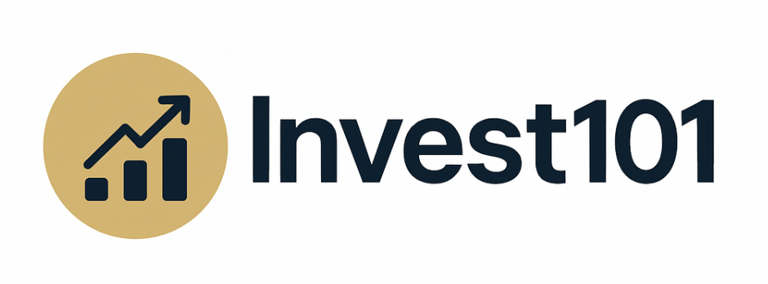The Case for Energy and Defense in a Multipolar World
Why investors are revisiting “old economy” sectors for long-term growth
THEMATICS
7/5/20252 min read


For much of the past 30 years, investors favored themes like globalization, tech innovation, and supply-chain efficiency. But the global environment is changing fast.
We're entering a multipolar world, where power is dispersed, alliances shift, and nations prioritize security and resilience over cost and convenience. In this new regime, two sectors once considered “old economy” are regaining strategic importance:
Energy and Defense.
Here’s why they matter and how to invest accordingly.
What Is a Multipolar World?
A multipolar world refers to a global system with several competing centers of power, political, military, economic.
Unlike the unipolar post-Cold War era dominated by the U.S., today’s landscape features:
A rising China with assertive foreign policy
A more militarized Russia
A rearming Japan and Europe
Stronger voices from emerging powers like India, Brazil, and Turkey
This shift is reshaping global trade, alliances, and investment priorities.
Energy: From Commodity to National Imperative
In the age of globalization, energy was about cost-efficiency. In a multipolar world, it’s about control and stability.
1. Energy as Strategy
Nations are racing to secure energy independence. This includes:
Domestic oil and gas production (especially in the U.S. and Canada)
Strategic reserves and new pipelines
Control over critical minerals like lithium and rare earths
2. Dual Track: Fossil & Clean Energy
While climate goals drive long-term demand for renewables, fossil fuels still dominate global consumption.
Natural gas (especially LNG) is now a geopolitical tool
Oil supply remains vulnerable to disruptions in the Middle East or Russian sanctions
The energy transition is real, but messy — and transitional fuels will benefit
3. Market Opportunity
Investors are revaluing energy majors not just for profit, but for strategic positioning. These companies now:
Generate strong free cash flow
Pay reliable dividends
Lead in carbon capture, hydrogen, and clean energy pilots
Defense: A New Era of Spending and Innovation
The so-called peace dividend of the 1990s is over. Defense is no longer a cost center — it's a growth industry.
1. Global Rearmament
European nations are increasing defense budgets to meet or exceed NATO’s 2% GDP target
The U.S. Indo-Pacific strategy includes long-term defense cooperation with Japan, South Korea, Australia, and India
Border tensions (Taiwan Strait, Eastern Europe, Middle East) demand continuous modernization
2. Tech-Driven Warfare
Modern conflict now spans:
Drones and autonomous weapons
Cybersecurity and data infrastructure
Satellite surveillance and AI-enabled targeting
This broadens the definition of "defense" — and opens new avenues for investment beyond traditional arms manufacturers.
3. Strategic Implications
Defense isn’t just about war — it’s about control over technology, energy, and infrastructure. Nations are investing in:
Space assets
Missile defense
Quantum computing and secure communications
How to Invest in Energy and Defense Themes
You don’t need to pick individual stocks (like Lockheed Martin or Exxon) to gain exposure. Here’s how:
Energy
XLE: U.S. Energy Sector ETF
VDE: Vanguard Energy ETF
URA: Uranium-focused ETF
ICLN: Clean energy leaders
COPX / LIT: Copper and lithium for the energy transition
Defense
ITA: Aerospace & Defense ETF (U.S.-focused)
DFEN: 3x leveraged defense exposure
HACK: Cybersecurity ETF (for digital defense)
UFO: Space and satellite companies
Sector Benefits in Today’s Environment
These sectors provide a rare combination in the current macro climate:
Real assets with pricing power
Stable dividends in a high-rate world
Government-backed demand, relatively recession-resistant
Hedge against geopolitical tail risk
Final Thought: Follow the Spending, Not the Headlines
“Geopolitics doesn’t always move the market until it does.”
Energy and defense aren't trendy they're foundational.
In a world where resilience beats optimization, these sectors offer durable demand and long-term structural tailwinds.
Investing in energy and defense today is not about betting on conflict. It’s about recognizing that security, in all forms is the new premium.
Invest101.blog
Articles and resources for smart investing.
Contact
contact@invest101.blog
© 2025. All rights reserved.
